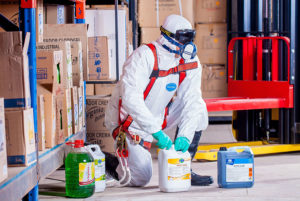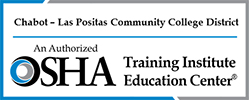 Legionella is a form of bacteria that attacks the lungs, causing legionellosis, which is a form of atypical pneumonia. These bacteria are commonly found in soil and in water systems with low concentration. They are usually spread through breathing in mist that contains the bacteria and when contaminated water is aspirated. Diagnostic testing has revealed a rise in Legionella from 2012-2017.
Legionella is a form of bacteria that attacks the lungs, causing legionellosis, which is a form of atypical pneumonia. These bacteria are commonly found in soil and in water systems with low concentration. They are usually spread through breathing in mist that contains the bacteria and when contaminated water is aspirated. Diagnostic testing has revealed a rise in Legionella from 2012-2017.
Risk management is an effective way to control exposure to Legionella and other bacteria in water systems, mists and aerosols. When there is lack of proper building maintenance, stagnation in water systems can occur, resulting in conditions that amplify the bacteria. These conditions can lead to irreversible effects, including serious medical injuries as well as financial consequences.
New guidelines and regulations in recent years have put new emphasis on water management, treatment and testing protocols to reduce or eliminate exposure to Legionella bacteria. The study of Industrial Hygiene can give employers a better understanding of workplace environmental factors and guide employers in implementing health and safety controls.
OSHA 521-OSHA Guide to Industrial Hygiene was developed to cover OSHA regulations and procedures recommended for understanding hazard control measures and risk management. This 4-day course features hands-on practice in health hazard recognition and the application of OSHA standards, Topics include:
- Permissible exposure limits
- Respiratory protection
- Engineering controls
- Hazard communication
- OSHA sampling procedures and strategy
- Workplace health program elements and other industrial hygiene topics
The OSHA Training Institute Education Center is offering OSHA 521 at the following locations:
April 7-10, 2020 | San Luis Obispo, CA
May 11-14, 2020 | Dublin, CA
September 12-20, 2020 | Dublin, CA
